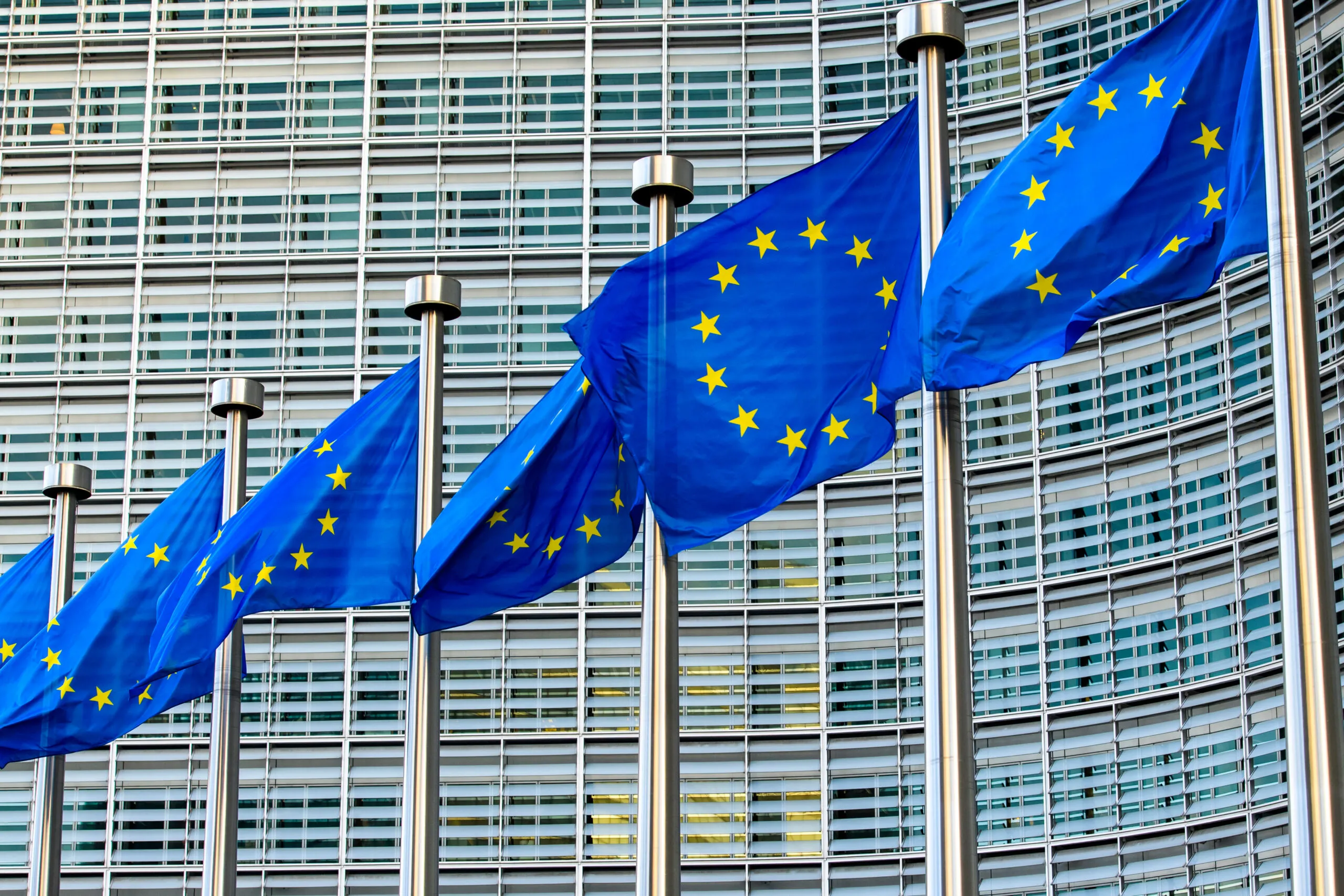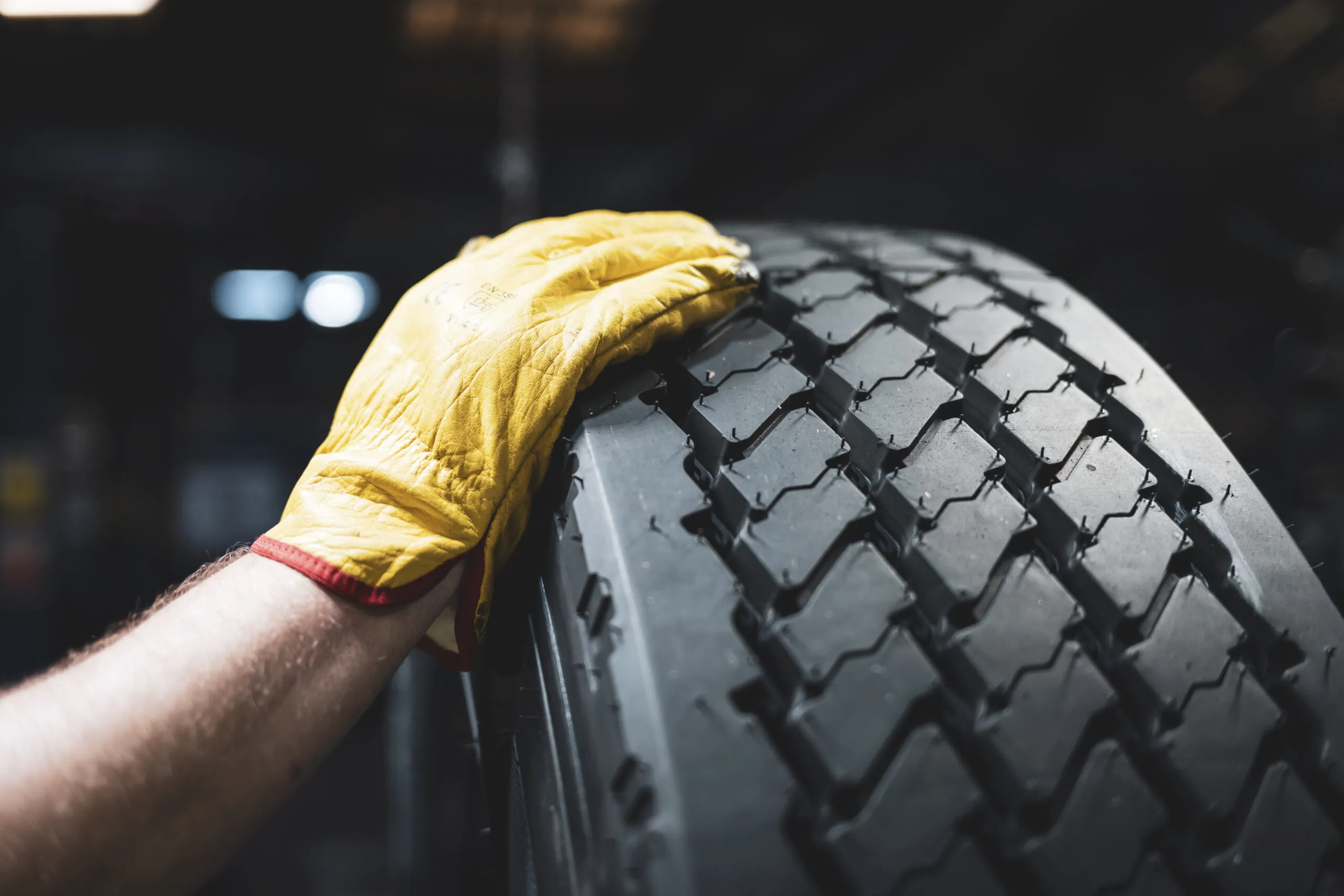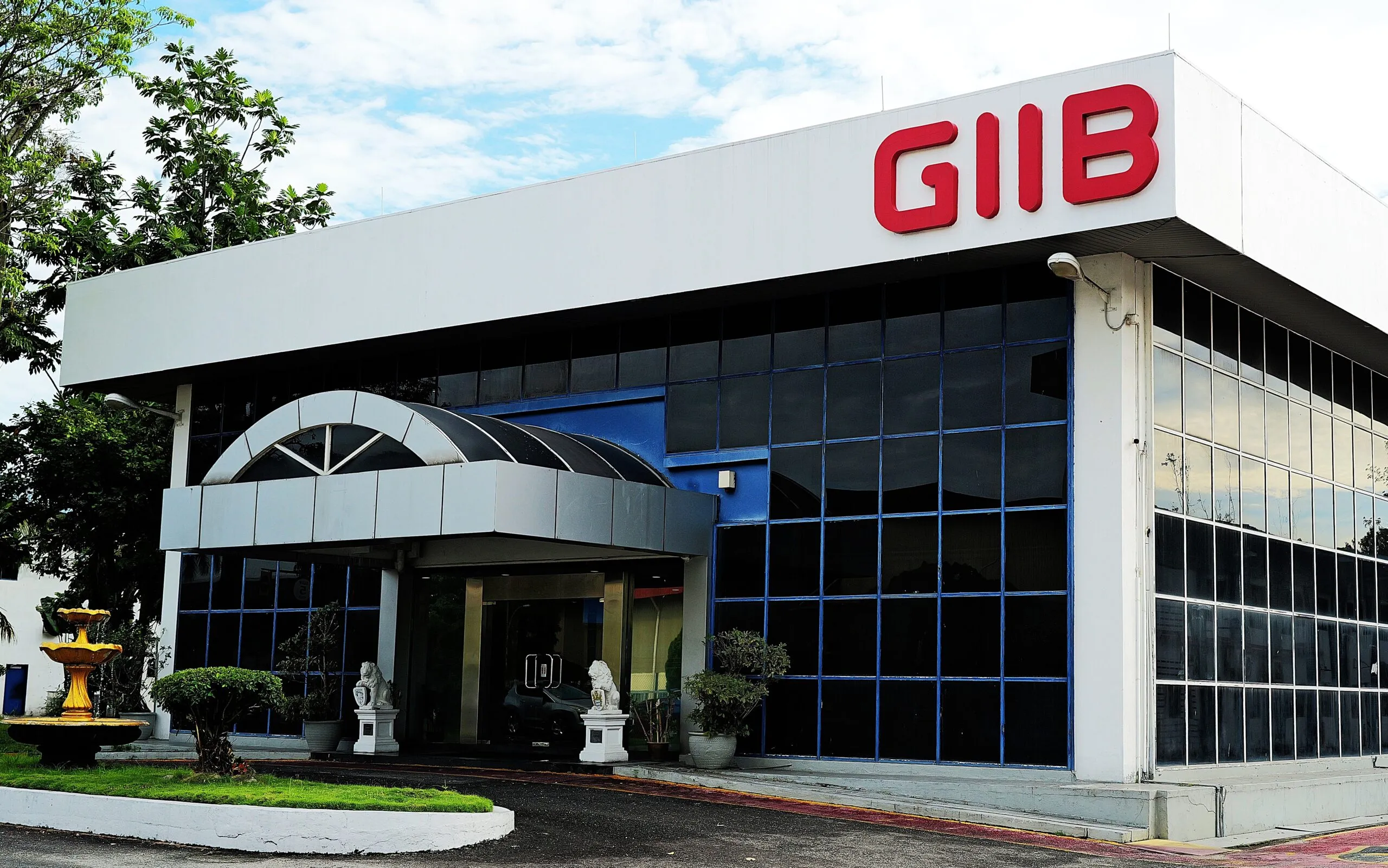Experts from various sectors in the industry gathered together during the Future of Retreading and Recycling Conference at Autopromotec 2025 to discuss the future of the TBR tyre market, with a strong emphasis on sustainability, technology and regulation.
TBR Market Under Pressure
Vittorio Marangoni (Marangoni), Stefan Mayrhofer (Kraiburg Austria), Frederico Schmidt (Vipal Rubber) and Yorick Lowin (BIPAVER) spoke about the current issues that the TBR market is facing, unanimously agreeing that shifting regulations, economic uncertainty and global trade tensions are one of the main issues at the moment that put the market under pressure.
At the opening of the discussion, Stefan Mayrhofer addressed the unstable tariffs landscape and uncertain regulations that all make long-term plans for truck tyre retreading highly difficult. The constantly shifting environment creates challenges for both retreaders and manufacturers, he emphasised.
The current issue with tariffs adds pricing pressure on retreaders, emphasised Frederico Schmidt, especially as the US dollar weakens and sea freight costs reduce, making new tyres from Asia more affordable, adding one more layer of complexity to the already challenging and competitive landscape. Production shifts in China and high levels of tyre imports in Europe make the market even more difficult to predict, added Yorick Lowin.
Vittorio Marangoni spoke about the necessity for strategic action in Europe in order for the market to remain competitive, agreeing with the previous speakers on the core issues that are currently affecting both the US and EU TBR markets.
Sustainability and Technology
The sustainability of retreading discussion had a more optimistic tone and outcome, with all panellists at the conference agreeing that retreading is essentially sustainable; however, global environmental policy still tends to overlook it.
Retreading offers several benefits, according to Vittorio Marangoni, including environmental conservation, employment and economic value. However, he criticised the global sustainability agenda for not being entirely “global,” saying that there are many economies that still tend to exploit it or ignore it.
The European Green Deal and similar initiatives tend to exclude retreading from its frameworks, emphasised Yorick Lowin, saying there is an urgent need to directly advocate to lawmakers in order to ensure the proper recognition of retreading as one of the important pillars of the green economy. “Retreading is the key to sustainability,” added Frederico Schmidt, saying that it is not only ecological but economically efficient too, calling for broader recognition of its potential. Stefan Mayrhofer further expressed his concern over the reduced focus on retreading in Europe when it comes to policies, emphasising that the sector should be a part of Europe’s green future.
When talking about technology, panellists agreed that retreading must follow the trends of digital transformation and accelerate its pace by adapting to it. Artificial intelligence is no longer just an option for any industry. Digital integration is crucial for competitiveness across the entire value chain. With the technology evolving rapidly, retreading must follow the path of evolving too, especially in terms of information systems that could improve quality, traceability and efficiency. Panellists stressed the need for the retreading sector to catch up with other industries, as digital tools are becoming more and more available every day.
Legislation and Collaboration Within the Industry
One of the key takeaways from the conference is that legislation can act both as an obstacle and an opportunity for the sector. Sometimes, not all legislation is helpful, said Yorick Lowin, specifically focusing on deforestation regulation. However, regulations such as the European Sustainable Product Regulation (ESPR) can offer growth potential to the sector as it could require that all tyres sold in the EU must be retreadable.
Bureaucracy and the fact that EU regulations only apply within the European territory leave European retreaders at a certain level of disadvantage in the global market.
Panellists also emphasised that collaboration between tyre manufacturers and retreaders is crucial for the industry. Stefan Mayrhofer emphasised that premium tyre manufacturers that produce retreadable tyres are rather partners, not enemies. Frederico Schmidt added that better-quality tyres benefit retreaders, manufacturers and consumers as well.
Vittorio Marangoni expressed his concern about a current trend where the market is shifting towards non-retreadable tyres, mainly due to the imports of low-cost tyres from Asia or due to the premium brands using recycled materials that affect tyre performance.
Future Potential
At the end of the Future of Retreading and Recycling Conference, panellists agreed that it is necessary to educate the market and raise awareness that retreading is not something new, but something that has existed for a long time. It is a proven way towards a more sustainable environment and has plenty of growth opportunities in Europe and around the world. Aligning the attitudes of society with industry goals and shifting legislation to prioritise retreading could help the global market of retreading stay competitive and sustainable, leading to significant changes in the evolving landscape.







